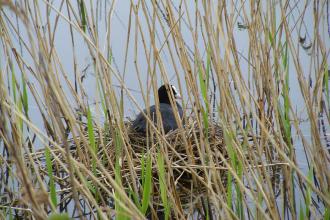
Chris Gomersall/2020VISION
Lincolnshire Wildlife Trust
Lincolnshire Wildlife Trust
Dawson City Clay Pits
Location
Know before you go
Dogs
Assistance dogs only
When to visit
Opening times
Open at all timesBest time to visit
January to DecemberAbout the reserve
The reserve consists of two disused clay pits with associated reedbeds and adjoining scrub and pasture. The pits are particularly important for a wide range of birds, not only as a breeding site but also as a migration staging post.
There are 108 species of birds recorded on the reserve with over 20 species breeding, including reed and sedge warblers, water rail, garganey and, in the past, bittern. Snipe are regular visitors. Migrant waders include green and wood sandpipers, redshank, greenshank and ruff. Numbers of surface-feeding ducks, such as shoveler, teal and mallard, are at their greatest in late winter and early spring. Vagrants have included spoonbill, green-winged teal, Bewick's swan, little bittern, red-crested pochard and pectoral sandpiper.
A 9 hectare (23 acre) block of old pasture was added to the reserve in 1991. This is a good area for curlew, the numbers of which in winter are often in excess of 200, and for other waders, especially when the fields are flooded in winter. The reserve extends to part of the foreshore, from where both passage and wintering waders may be seen.
Management consists of grazing with cattle and Hebridean sheep, cutting of the wet grassland, annual hay-cutting of the species-rich grassland, and some scrub management.
Nearest postcode DN19 7NQ. Please note - postcodes are for the nearest registered address as we are unable to get postcodes for nature reserves.
Location information
Dawson City Clay Pits location


